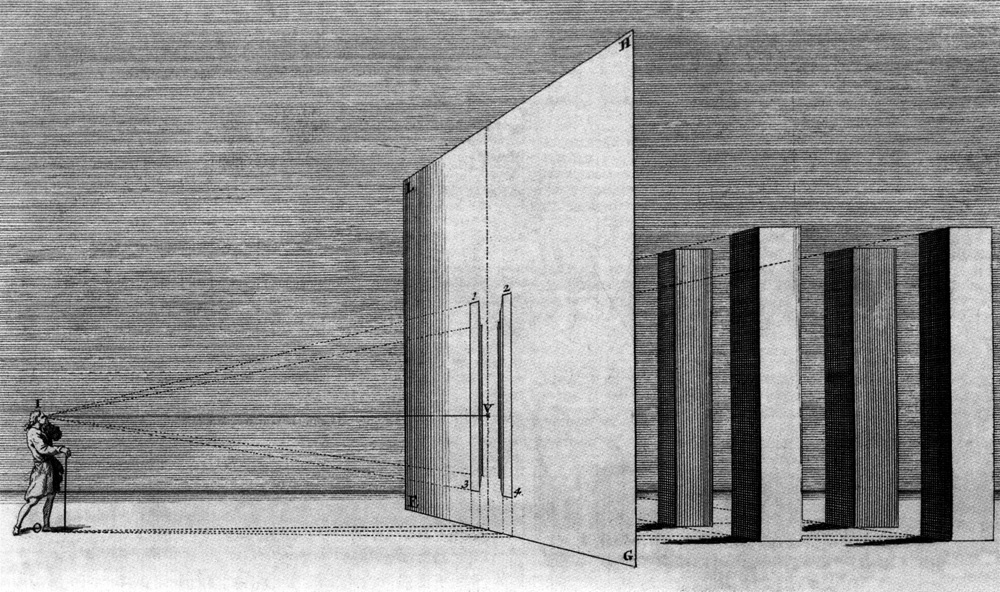- Event
- Symposium
Technologies of Illusion. From Fresco to Video Art
Wed, February 05, 2014 5:00 pm CET
- Location
- Media Theater
Felix Burda-Stengel’s study on »Andrea Pozzo and Video Art« was published in 2001: it is an impressive example of art history, which risked taking a view beyond epochal boundaries, and went on to discover astonishing parallels between Baroque, illusionist church painting and forms of modern video art. Following a French translation, a richly illustrated English language version of the book is now available.
Hans Belting, Hubert Burda, Wolfgang Ullrich and Peter Weibel discuss the Burda-Stengel’s thesis. Above all, the book focusses on the power of the image.
Felix Burda-Stengel (1967−2001)
is the eldest son of publisher Dr. Hubert Burda. He studied art history, history and economics at the universities of Munich and Bologna. He also produced a series of CD-ROMs on the subjects of art, literature and science. Under the supervision of his teacher Prof. Hans Belting, he completed his studies at Karlsruhe University of Design in Karlsruhe, in 1999, with a dissertation on Baroque Jesuit painter Andrea Pozzo, in whose illusionist architecture he recognized parallels to works by contemporary video artists. The dissertation was published in German, in 2001, bearing the title »Andrea Pozzo und die Videokunst«. The French edition (»Andrea Pozzo et l’Art Vidéo«) followed in 2006 and, in 2013, the American edition (»Andrea Pozzo and Video Art«). Felix Burda was unable to see his published work. He died of stomach cancer in 2001. The foundation established by his parents, Hubert Burda and Christa Maar, and named after him is committed to enlightening the public about stomach cancer.
Publication
Felix Burda-Stengel, Andrea Pozzo and the Video Art. Revisiting the Baroque illusionism, Gebr. Mann Verlag, Berlin, 2001, Prize: 52 €
Imprint
- Moderation
